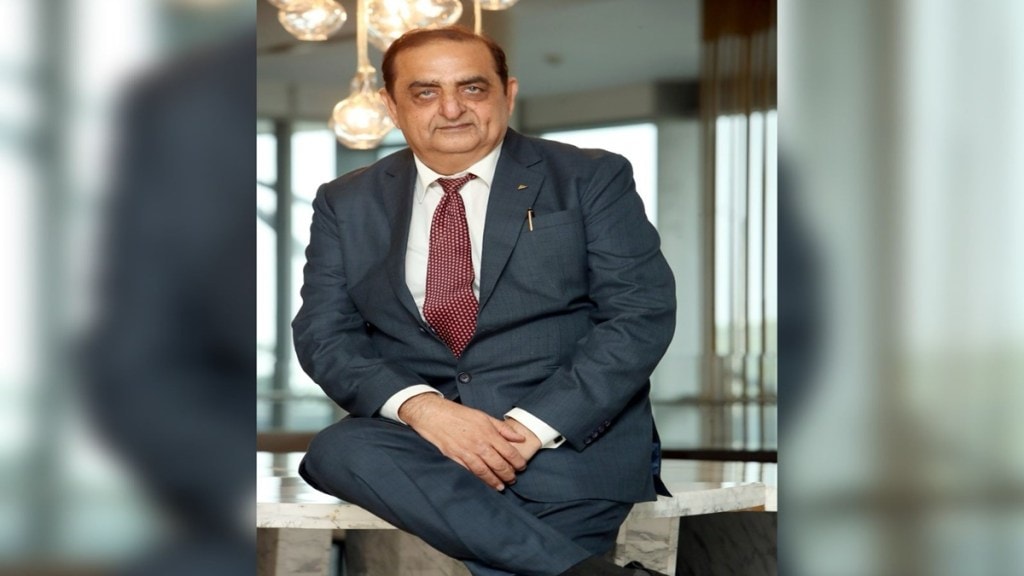Japanese air conditioning firm Daikin has drawn big plans for its India operations. It aims to double its capacity to make India its largest global manufacturing hub by 2030. Daikin India chairman and MD KJ Jawa talks to Raghav Aggarwal about the outlook for the AC market, the impact of seasonal demand fluctuations, and how the company plans to tap India’s potential to drive both domestic sales and global exports.
How do you view the current Indian AC market and its future potential?
India’s residential AC penetration is still low at around 7%, which signals massive headroom for growth. With rising incomes, increased electrification, housing demand, smarter homes and greater environmental awareness, we expect adoption to rise significantly in the coming years. The commercial AC segment is also poised for strong growth, especially as urban infrastructure expands. Daikin India already holds an 18-19% market share in the residential segment and over 60% in the commercial VRV (variant refrigerant volume) systems category. We believe we are well-positioned to lead the market as it matures.
The current season has seen a dip in demand due to erratic rains. Has that impacted your performance?
Yes, demand has been softer this year due to the early onset of monsoon and ongoing geopolitical uncertainties. But we consider this a minor and temporary blip. India’s long-term growth story remains robust, driven by infrastructure development and rising housing demand. This is the right time for us to double down by developing new products, expanding our distribution and tapping potential new geographies. We are continuing to invest in India without slowing down.
What are Daikin’s investment plans for India?
We have already invested `2,800 crore in India. Our next step is to double our annual production capacity for residential ACs from 1.5 million units to 3.0 million units. Our target is to achieve $4 billion in revenue from India by 2030. That level of growth will require us to scale both our operations and market reach dramatically.
Are smaller towns and cities part of this growth plan?
Very much so. We are expanding our brand presence, service infrastructure and distribution in tier 2 and 3 cities. These areas are witnessing rapid growth in consumer aspirations. We are also offering easy financing to make products more accessible. From Kashmir to Kanyakumari, we want to serve every segment of the population with offerings that meet their expectations.
How is India positioned in Daikin’s global supply chain strategy?
India is fast becoming a credible, cost-effective manufacturing base. We are investing aggressively in ACs, compressors, components and R&D with a long-term export outlook. A key enabler is ‘Link Daikin’, our digital platform that has reduced the order cycle from two days to two hours. Already, 20% of our orders are processed digitally. We are also taking charge of fulfilling all air-conditioning requirements for the African market from India.
What are your top three priorities for India by 2030?
First, we will open our fourth manufacturing unit. Second, we are building advanced R&D capabilities. Third, we are expanding our nationwide distribution network. Our biggest ambition is to make India Daikin’s largest manufacturing hub globally and nearly triple the volume of Made in India products being exported by 2030.
How are you aligning with the PLI scheme and India’s sustainability goals?
We are one of the biggest investors under the PLI scheme and are fully committed to boosting domestic manufacturing. Our new Sri City facility is a big step in that direction, built with cutting-edge technology and high sustainability standards. We have also led the way in energy efficiency. In addition, our Daikin Green Exchange Programme encourages customers to trade in older ACs for more efficient models, promoting both sustainability and affordability.
